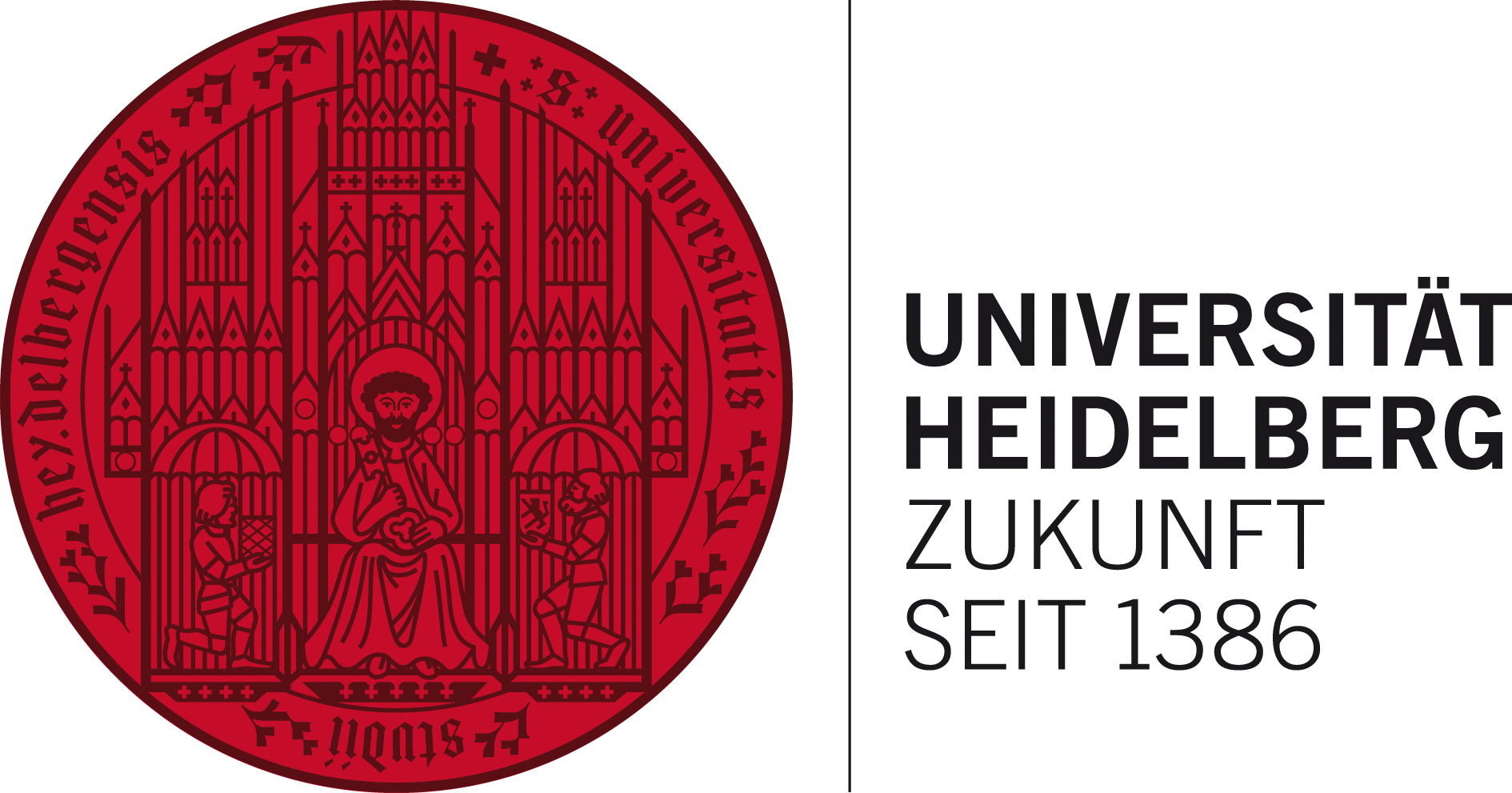ETL Pipelines#
ETL stands for Extract, Transform, Load. An ETL pipeline is a sequence of steps used to collect data from various sources, process it, and store it in a format suitable for analysis. ETL pipelines are essential in data science projects to ensure data is clean, consistent, and ready for use.
What is ETL?#
Extract: Gather data from different sources (e.g., files, databases, APIs).
Transform: Clean, filter, and modify the data to fit your needs (e.g., handling missing values, converting formats, aggregating data).
Load: Save the processed data to a destination (e.g., a database, a file, or a data warehouse).
Why Use ETL Pipelines?#
Automate repetitive data preparation tasks
Ensure reproducibility and consistency
Make data analysis more efficient
Designing an ETL Pipeline#
Identify Data Sources: List where your data comes from (e.g., CSV files, web APIs).
Plan Transformations: Decide what cleaning and processing steps are needed (e.g., removing duplicates, converting coordinate systems).
Choose Output Format: Select how and where to store the final data (e.g., GeoJSON, Feather, database).
Automate the Workflow: Use Python scripts or other command line tools to automate each step.
Document the Process: Keep notes or comments about each step for reproducibility.
Example ETL Pipeline in Python#
Extract: Read a CSV file using pandas
Transform: Clean missing values, filter rows, convert columns
Load: Save the cleaned data to a new file
import pandas as pd
# Extract
df = pd.read_csv('data/raw/routes.csv')
# Transform
df = df.dropna()
df = df[df['distance'] > 0]
# Load
df.to_feather('data/processed/routes_clean.feather')
Software for Orchestrating ETL Pipelines#
Modern data science projects often use specialized software to automate and manage ETL pipelines. These tools help schedule, monitor, and maintain complex workflows, making it easier to handle large datasets, multiple processing steps and scheduling data processing runs.
Some popular ETL orchestration tools include:
Apache Airflow: An open-source platform for creating, scheduling, and monitoring workflows as Directed Acyclic Graphs (DAGs). Airflow is widely used for its flexibility and scalability.
Dagster: Focuses on data quality and pipeline development, providing tools for building, testing, and deploying ETL workflows.
Luigi: Developed by Spotify, Luigi helps build complex pipelines of batch jobs and handles dependencies between tasks.
Prefect: A modern workflow orchestration tool designed for data engineers. Prefect offers a simple Python API and cloud-based monitoring.
These tools allow you to:
Define tasks and dependencies
Schedule jobs to run automatically
Monitor pipeline execution and handle failures
Integrate with cloud services and databases
For small projects, simple Python scripts may be enough. For larger or production-grade workflows, using an orchestration tool improves reliability and scalability.
ETL pipelines can be simple scripts or complex workflows, depending on your project needs. Good design and documentation make your data science work more reliable and easier to share.
Resources#
Generated using GitHub Copilot. Content was reviewed and edited by the course team.
